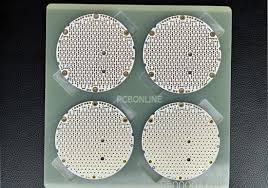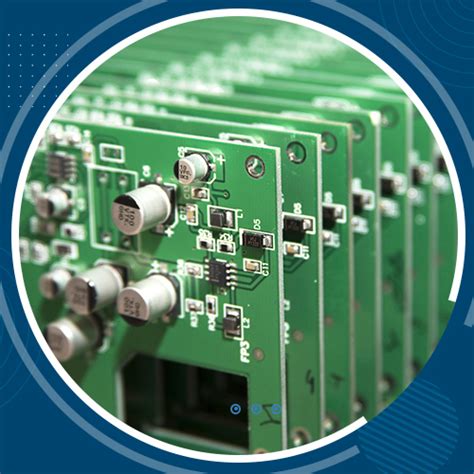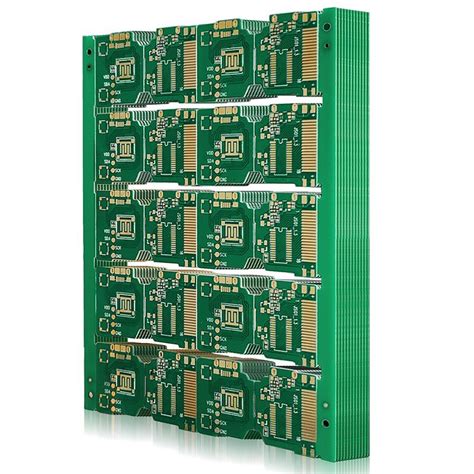Factors Contributing to Soldering Defects in Printed Circuit Boards (PCBs)
Introduction
Soldering is a critical process in printed circuit board (PCB) assembly that creates permanent electrical connections between components and the board. Despite technological advancements, soldering defects remain a common challenge in electronics manufacturing, affecting product reliability and yield rates. This article examines the multifaceted factors that contribute to soldering defects in PCB assembly, covering material, process, design, environmental, and human factors.
1. Material-Related Factors
1.1 Solder Alloy Composition
The composition of solder alloys significantly impacts joint quality. Lead-free solders (e.g., SAC305 – Sn96.5/Ag3.0/Cu0.5) have different wetting characteristics and melting temperatures than traditional tin-lead solders. Impurities in solder, even at trace levels (e.g., >0.1% aluminum or zinc), can cause poor wetting and brittle joints.
1.2 Flux Characteristics
Flux activity affects oxide removal and solderability:
- Rosin-based (RA) fluxes offer excellent performance but require cleaning
- No-clean fluxes may leave residues causing long-term reliability issues
- Water-soluble fluxes are aggressive but corrosive if not properly cleaned
1.3 PCB Surface Finish
Common finishes and their challenges:
- HASL (Hot Air Solder Leveling): Uneven surfaces, thermal stress
- ENIG (Electroless Nickel Immersion Gold): Black pad syndrome, brittle interfaces
- OSP (Organic Solderability Preservative): Limited shelf life, delicate handling
- Immersion Silver: Tarnishing, creep corrosion
1.4 Component Terminations
- Oxidation of component leads (especially for non-noble metals)
- Inconsistent plating thickness (minimum 5μm gold or 8μm nickel recommended)
- Dissimilar metals causing galvanic corrosion
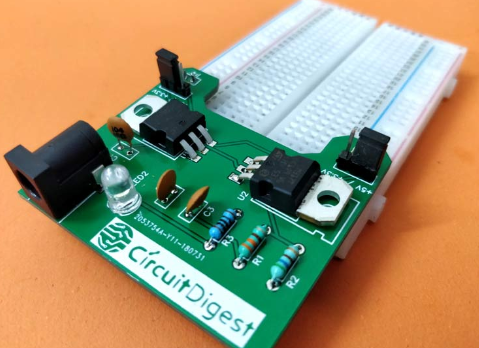
2. Process-Related Factors
2.1 Soldering Temperature Profile
Critical reflow parameters:
- Preheat rate: 1-3°C/second (exceeding can cause thermal shock)
- Soak zone: 60-120 seconds at 150-180°C (activates flux)
- Reflow peak: 30-50°C above liquidus (e.g., 240-250°C for SAC305)
- Time above liquidus (TAL): 45-90 seconds (insufficient causes cold joints)
2.2 Solder Paste Application
Stencil printing issues:
- Aperture design (area ratio >0.66 for good paste release)
- Squeegee pressure (typically 5-15 kg force)
- Print speed (10-50 mm/sec)
- Separation speed (0.1-3 mm/sec snap-off)
2.3 Equipment-Related Factors
- Wave soldering: Dross accumulation (>1% increases defects), wave height (should contact PCB at 0.5-1.5mm)
- Reflow oven: Temperature uniformity (±5°C across zones), conveyor vibration
- Nitrogen atmosphere: Oxygen levels <1000ppm preferred
3. Design-Related Factors
3.1 PCB Layout Considerations
- Pad size and geometry (should match IPC-7351 standards)
- Thermal relief design for ground/power planes
- Component spacing (minimum 0.3mm for rework clearance)
- Copper balance to prevent warpage
3.2 Thermal Mass Management
- Mixed technology boards require careful profiling
- Large ground planes act as heat sinks (may need thermal vias)
- Component shadowing in wave soldering
3.3 Surface Mount vs. Through-Hole Challenges
- Tombstoning risk with small chip components (0402, 0201)
- Head-in-pillow defects with BGA packages
- Wickering in through-hole joints
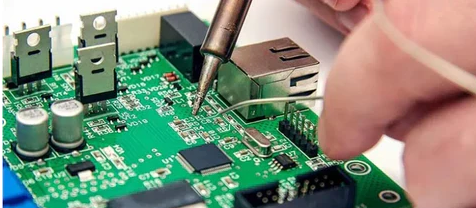
4. Environmental Factors
4.1 Manufacturing Environment
- Humidity control (30-60% RH recommended)
- Particulate contamination (cleanroom class 100,000 typical)
- Static control (should maintain <100V ESD protection)
4.2 Storage Conditions
- Moisture Sensitivity Levels (MSL) compliance
- PCB shelf life (6-12 months for OSP, longer for ENIG)
- Solder paste storage (typically 0-10°C)
5. Human Factors
5.1 Operator Training
Critical skill requirements:
- IPC-A-610 certification for inspection
- Proper handling techniques (ESD, moisture-sensitive devices)
- Rework proficiency
5.2 Process Control
- SPC (Statistical Process Control) implementation
- Regular equipment maintenance schedules
- First article inspection protocols
6. Common Defect Types and Root Causes
6.1 Cold Solder Joints
Causes:
- Insufficient heat (joint temperature <90% of solder liquidus)
- Contamination on surfaces
- Excessive joint movement during solidification
6.2 Solder Bridging
Contributing factors:
- Excessive solder paste deposition
- Inaccurate component placement
- Incorrect reflow profile
6.3 Void Formation
Primary causes:
- Outgassing from flux or board materials
- Rapid heating causing volatile entrapment
- Poor wetting characteristics
6.4 Component Misalignment
Factors:
- Placement machine accuracy (should be <50μm)
- Pad design asymmetry
- Solder paste tack force insufficient

7. Prevention and Mitigation Strategies
7.1 Design for Manufacturing (DFM)
- Early collaboration between design and process engineers
- Thermal analysis during layout
- FMEA (Failure Mode and Effects Analysis) implementation
7.2 Process Optimization
- DOE (Design of Experiments) for profile development
- Automated optical inspection (AOI) implementation
- Regular process audits
7.3 Quality Control Measures
- Cross-sectional analysis for critical joints
- Shear and pull testing for process validation
- X-ray inspection for hidden joints (BGAs, QFNs)
Conclusion
Soldering defects in PCB assembly result from complex interactions between multiple factors spanning materials, processes, designs, environments, and human elements. Effective defect reduction requires a systematic approach addressing all these aspects through robust design practices, controlled manufacturing processes, comprehensive operator training, and rigorous quality assurance protocols. As electronic components continue to shrink and lead-free requirements evolve, manufacturers must maintain vigilance in understanding and controlling soldering defect mechanisms to ensure product reliability in increasingly demanding applications.
Future directions include advanced process monitoring using AI-based vision systems, development of novel solder alloys with improved reliability characteristics, and implementation of Industry 4.0 concepts for real-time process adjustment. By adopting holistic quality management approaches, manufacturers can significantly reduce soldering defects while maintaining productivity in competitive electronics manufacturing environments.




